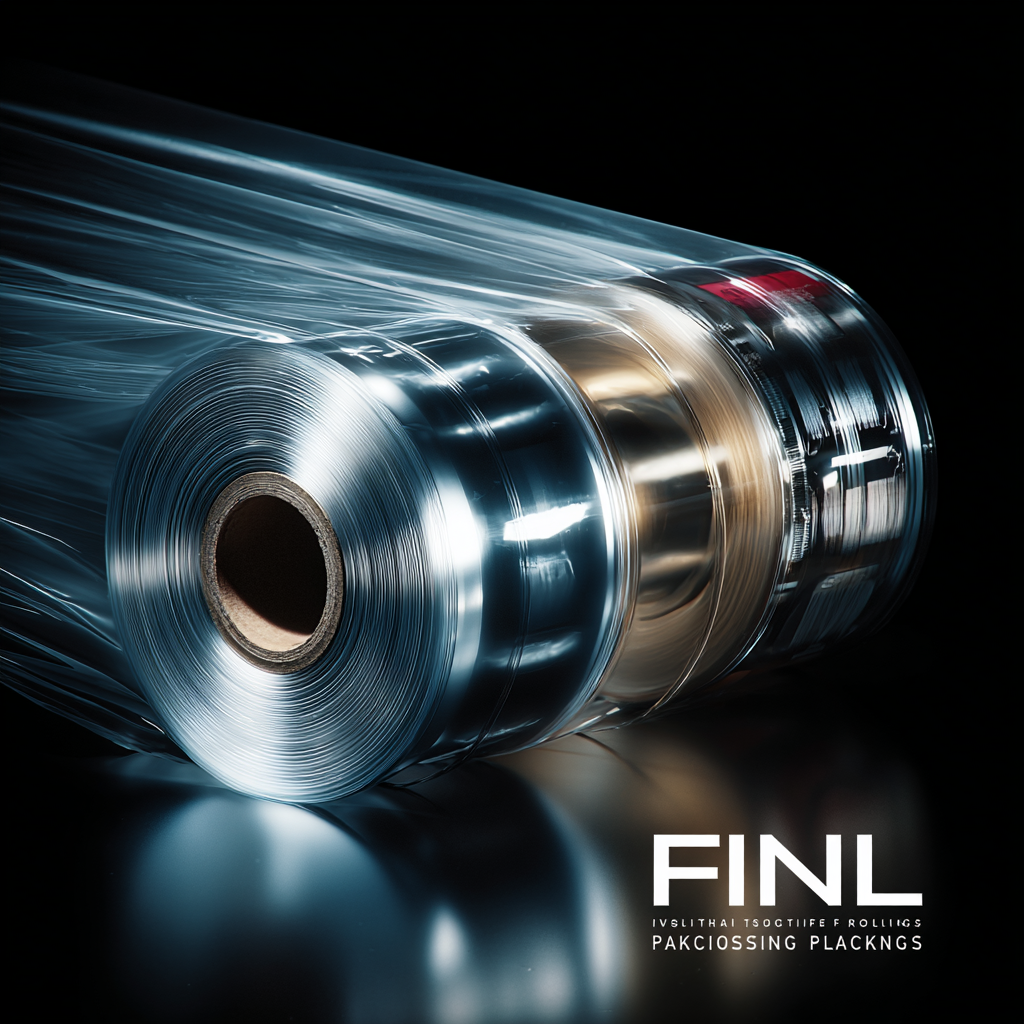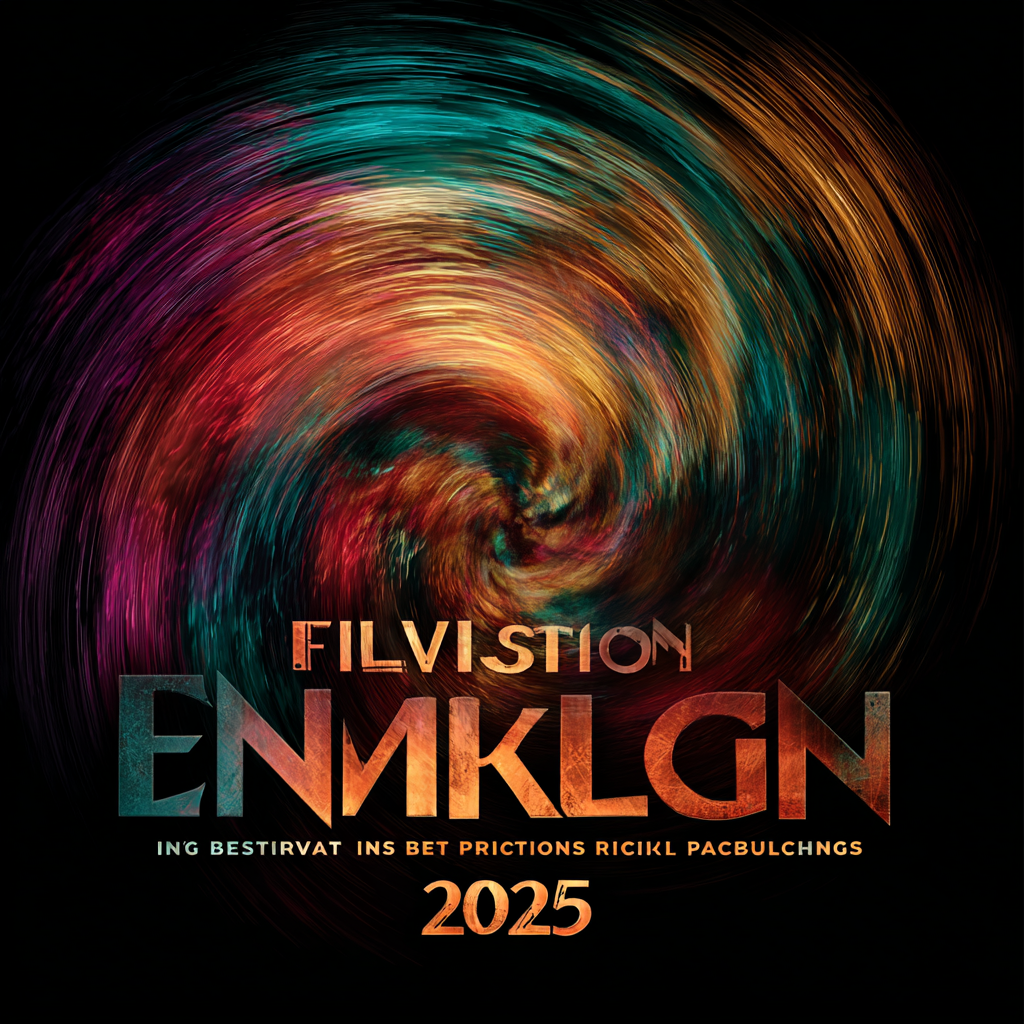- Phone:+86 15218629499
- Phone: +86 15766990063
- E-mail: Yzprinting01@163.com
As we approach 2025, the film roll packaging industry is poised for significant advancements that promise to enhance efficiency and sustainability. According to a recent report by Smithers Pira, the global market for flexible packaging is expected to reach $300 billion by 2024, with film roll packaging being a crucial component driving this growth. Innovations in materials and technologies are not only improving product protection and shelf life but also reducing overall material costs. Furthermore, enhanced after-sales services and reduced maintenance costs are becoming increasingly important in this competitive landscape, enabling companies to build stronger relationships with their clients and streamline operations. This blog will delve into these emerging trends and the impact they are likely to have on the film roll packaging sector in the coming years.

As we move toward 2025, the film roll packaging industry is at the cusp of a significant transformation, with eco-friendly materials leading the charge. The demand for sustainable packaging solutions has never been more urgent, driven by both consumer awareness and regulatory pressures. Companies are increasingly exploring bioplastics, recycled paper, and plant-based materials as alternatives to traditional plastic packaging. These innovations not only reduce environmental impact but also appeal to eco-conscious consumers who prioritize sustainability in their purchasing decisions.
In addition to material innovation, advancements in production technologies are enhancing the viability of eco-friendly film roll packaging. Techniques such as water-based adhesives and biodegradable coatings are emerging, making it easier to create durable, yet compostable packaging solutions. The integration of smart technology, like QR codes for recycling information, also provides consumers with guidance on how to dispose of their packaging responsibly. As we envision the future of film roll packaging, it is clear that marrying innovation with sustainability will play a crucial role in reshaping this industry and paving the way for a greener tomorrow.

In the rapidly evolving landscape of film packaging technologies, the integration of smart packaging is redefining user experiences and engagement. As we look toward 2025, film roll packaging is set to embrace innovations that not only preserve the integrity of the film but also enhance its usability. Smart packaging technologies, such as QR codes and NFC chips, will allow consumers to interact with the packaging directly, providing them with additional information about the product, tutorials on usage, or even recommendations for complementary products.
Moreover, the use of augmented reality (AR) in film packaging is poised to create immersive experiences for users. Imagine pointing a smartphone at a film roll package and being greeted with visual content that brings the packaging to life—showcasing behind-the-scenes footage, interactive experiences, or insights into the filmmaking process. This integration of technology transforms traditional packaging into a dynamic element that not only protects the product but also enriches the user journey, making it more informative and engaging. As we anticipate these advancements, it’s clear that the future of film roll packaging will be as much about creativity and technology as it is about functionality.
| Feature | Description | Benefits | Expected Impact by 2025 |
|---|---|---|---|
| Smart Sensors | Packaging integrated with sensors to monitor temperature and humidity. | Improved quality control and reduced spoilage. | Enhancement in user satisfaction and product integrity. |
| QR Code Integration | QR codes on packaging to access product information and usage instructions. | Increased consumer engagement and product knowledge. | Higher compliance with best practices in usage and disposal. |
| Biodegradable Materials | Use of sustainable and biodegradable materials for packaging. | Reduced environmental impact and increased consumer appeal. | Contributing to more sustainable practices in the film industry. |
| Augmented Reality (AR) | AR experiences triggered by packaging to enhance storytelling and brand interaction. | Engaging consumers and creating memorable experiences. | Increased brand loyalty and differentiation in a crowded market. |
As we approach 2025, the film roll packaging industry is witnessing a transformative shift driven by aesthetic trends and consumer preferences. With a projected market value rising to $3.72 billion in 2025, it's essential for brands to focus on innovative designs that not only capture attention but also communicate their identity effectively. Emphasizing vibrant colors and unique shapes, packaging is increasingly becoming a vessel for storytelling and emotional connection.
When designing packaging for film rolls, brands should consider incorporating sustainable materials to resonate with eco-conscious consumers. By utilizing recyclable or biodegradable options, businesses can enhance their appeal while contributing to environmental stewardship. Additionally, personalized packaging experiences—such as customizable labels—can add a unique touch that distinguishes products and fosters customer loyalty.
Tip: Keep an eye on emerging technologies like digital printing, which allows for intricate designs and short-run productions without sacrificing quality. This can drastically reduce waste and improve the efficiency of packaging processes, aligning with the growing demand for sustainability in the market.
In recent years, the film industry has grappled with the pressing need for sustainable packaging solutions that not only protect film rolls but also minimize environmental impact. The challenge lies in balancing the functional requirements of film packaging—such as durability and moisture resistance— with eco-friendly materials that can degrade or be recycled easily. Innovations in biodegradable films and smart packaging technologies are emerging as potential solutions, enabling companies to maintain their product integrity while addressing sustainability concerns.

To effectively navigate these challenges, companies can implement a few key strategies. First, consider transitioning to recyclable or compostable materials that offer the same protective qualities as traditional plastics. Engaging with suppliers who prioritize sustainability can lead to significant improvements in the environmental footprint of film packaging. Additionally, adopting design practices that reduce material usage without compromising performance can further enhance sustainability while also cutting costs.
Another tip is to conduct regular lifecycle assessments of packaging materials. This process helps identify areas where improvements can be made, from sourcing to disposal. By understanding the complete impact of their packaging choices, manufacturers can make informed decisions that align with both functional needs and environmental goals. As we envision the future of film roll packaging, embracing these principles will be essential in creating a sustainable industry.
As we move toward 2025, the film roll packaging industry is witnessing a significant shift driven by changing consumer preferences. Innovations in materials like sustainable plastics and eco-friendly composites are at the forefront, catering to an increasingly environmentally conscious market. The adoption of advanced packaging technology not only enhances product protection but also appeals to consumers who prioritize sustainability in their purchase decisions.
Tips: When exploring new packaging options, consider materials that align with eco-friendly practices. Brands can leverage interactive features such as QR codes to engage consumers and provide them with additional product information, thereby enhancing their packaging experience.
Furthermore, the demand for convenient and versatile packaging solutions continues to rise, with products ranging from pouches and films to boxes and containers. This trend highlights the necessity for brands to focus on innovations that improve usability while maintaining the integrity of the product. As the film roll packaging sector evolves, companies must stay attuned to market trends and consumer expectations to maintain their competitive edge.
